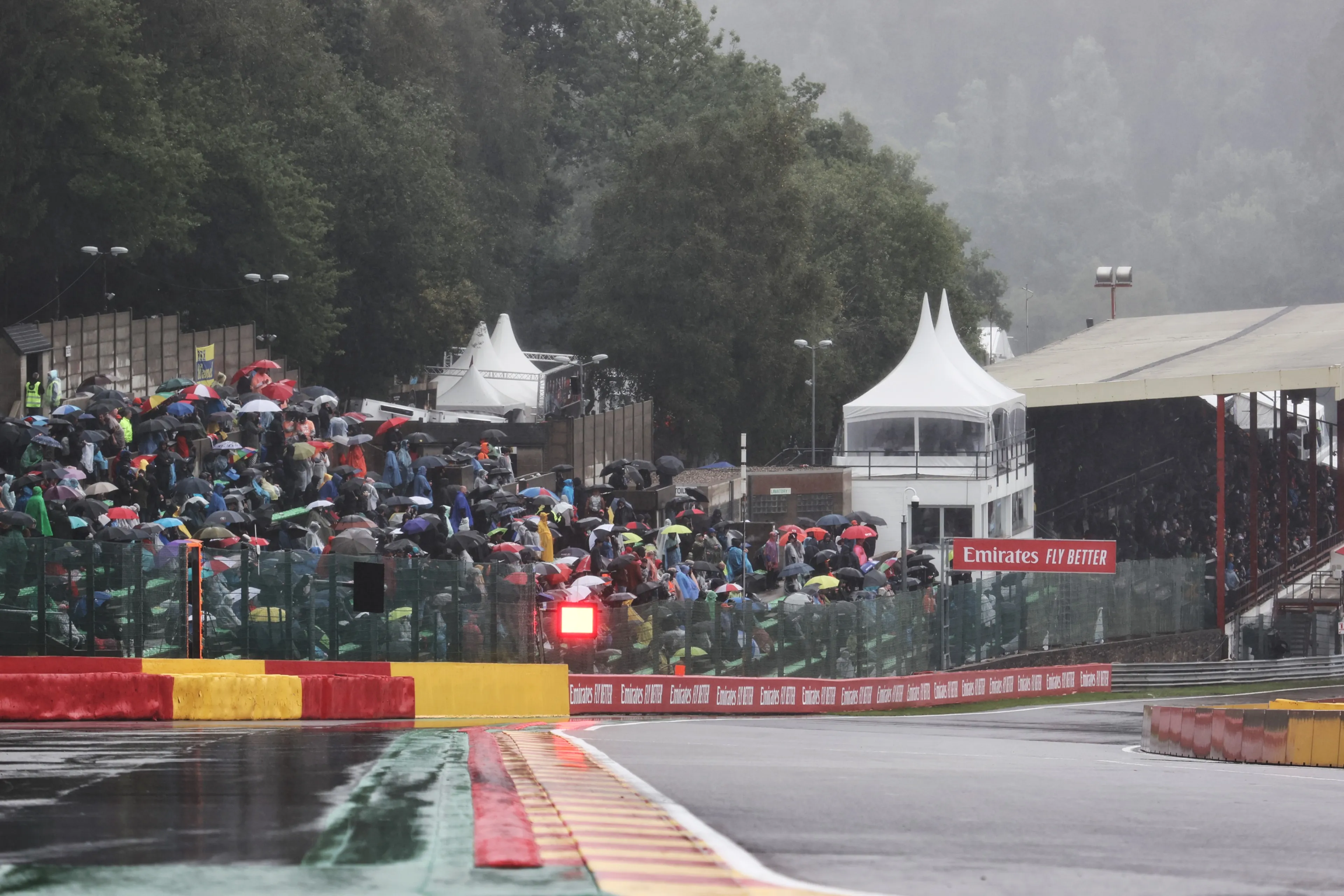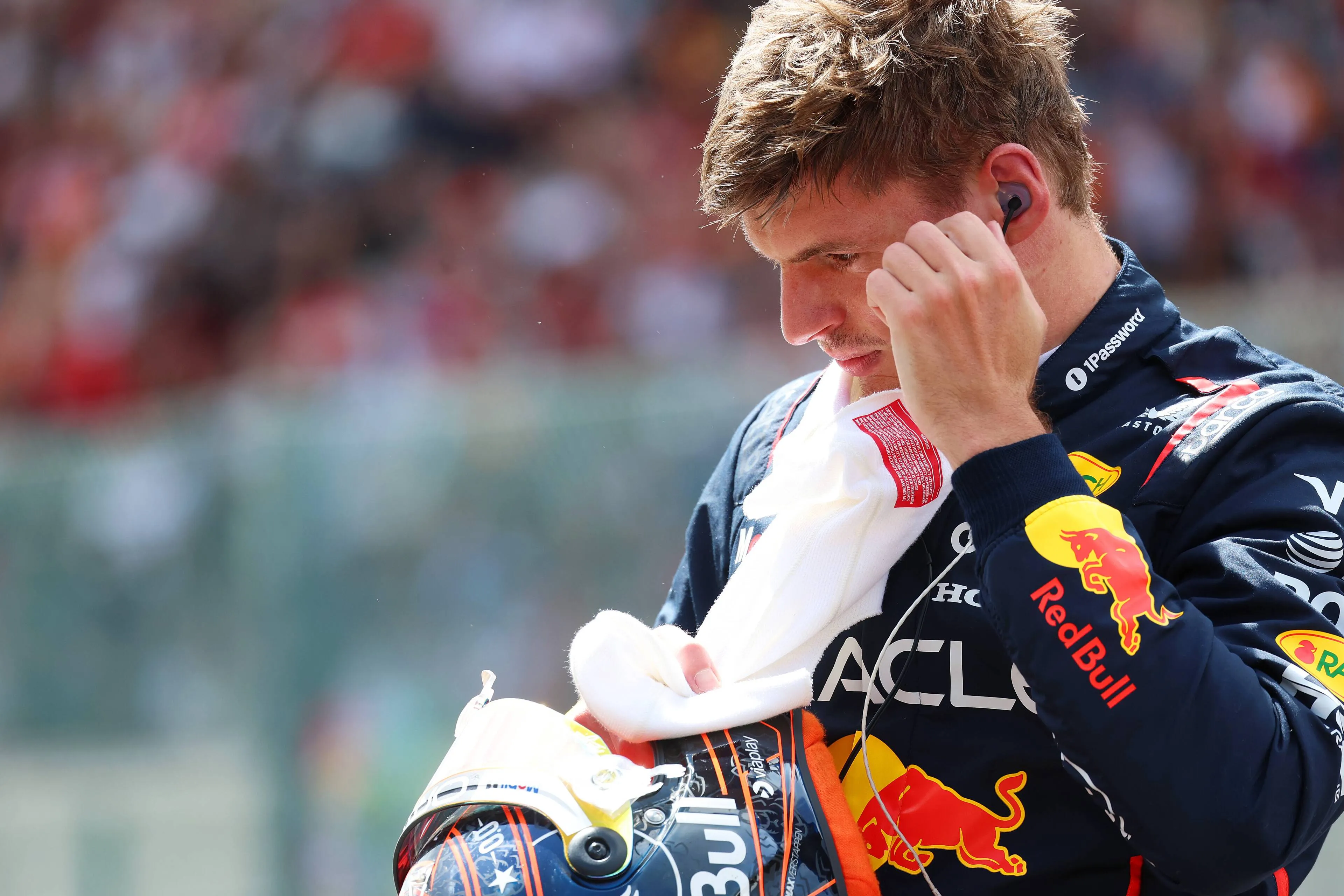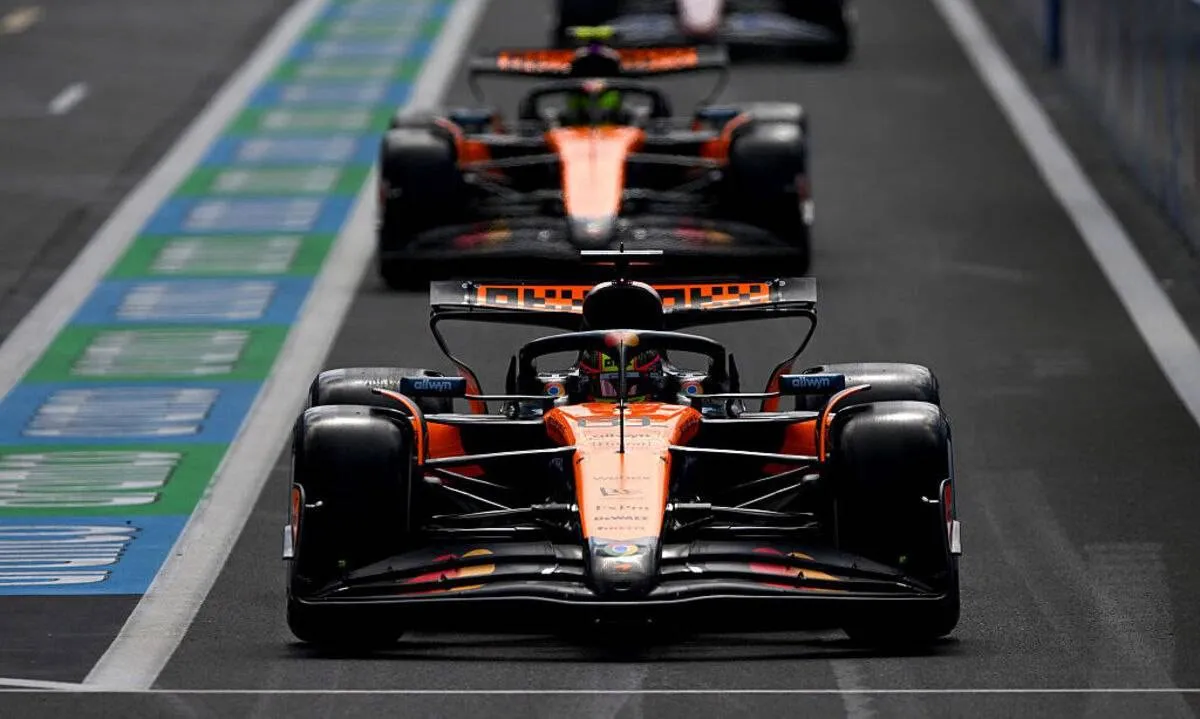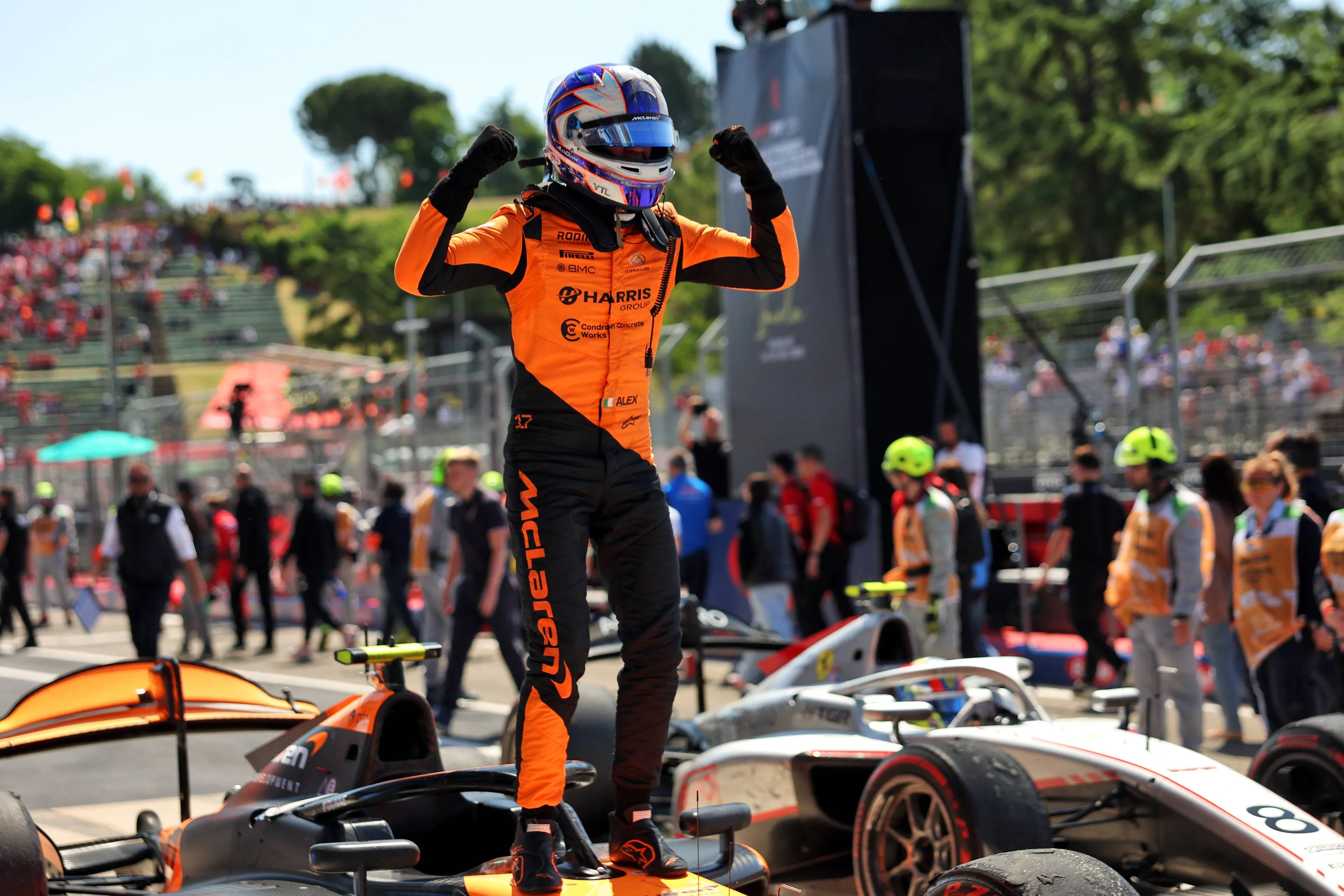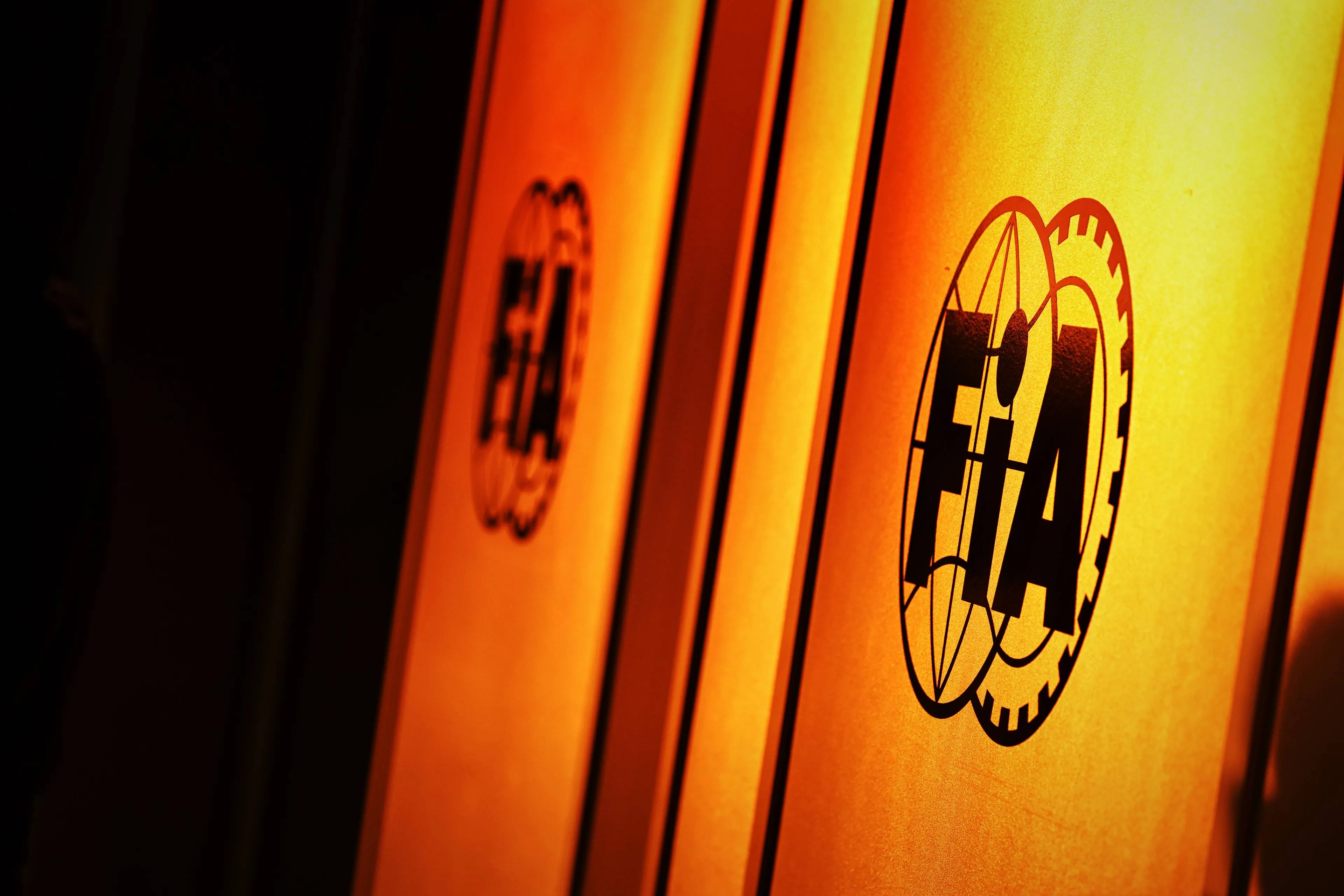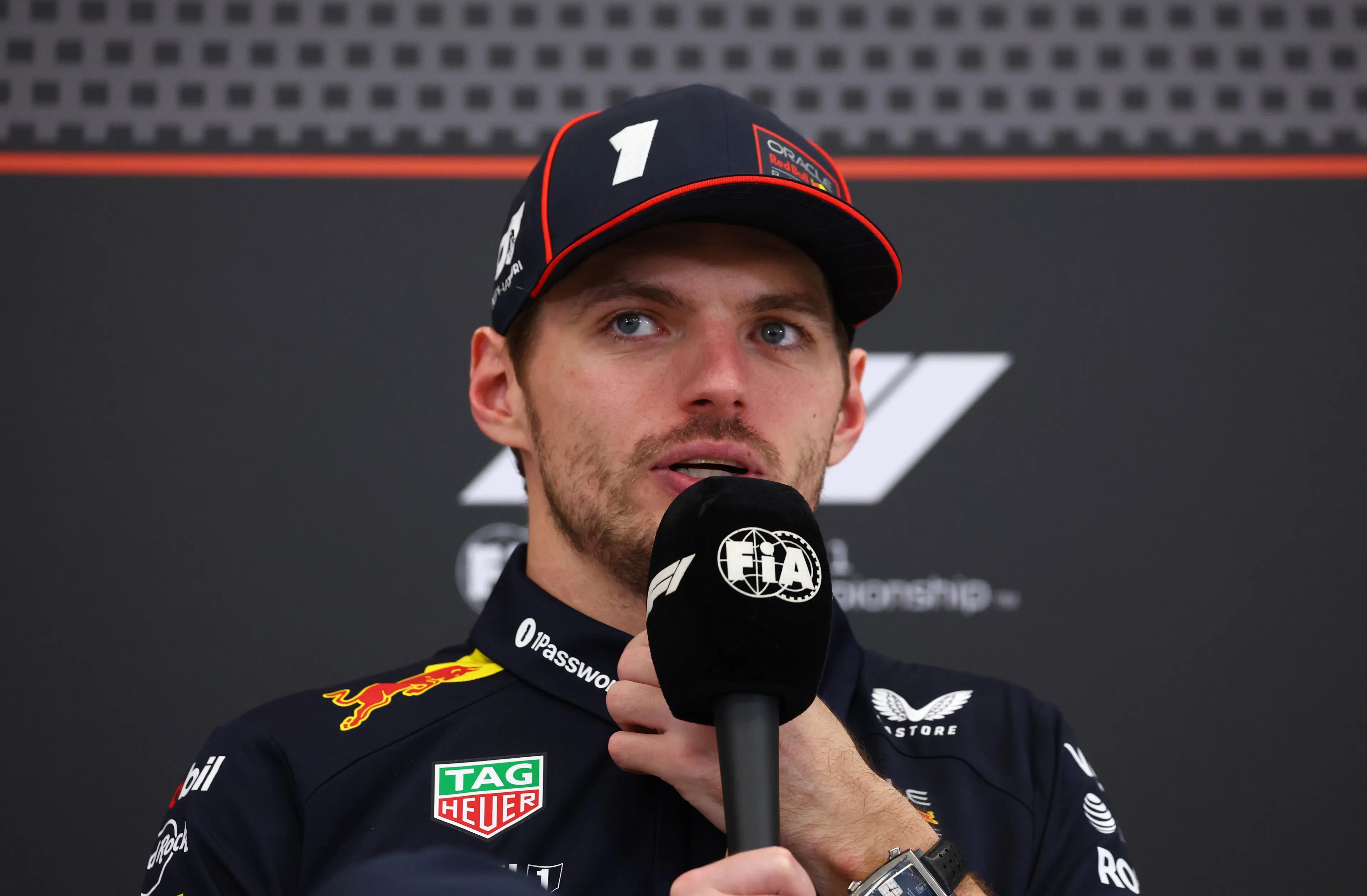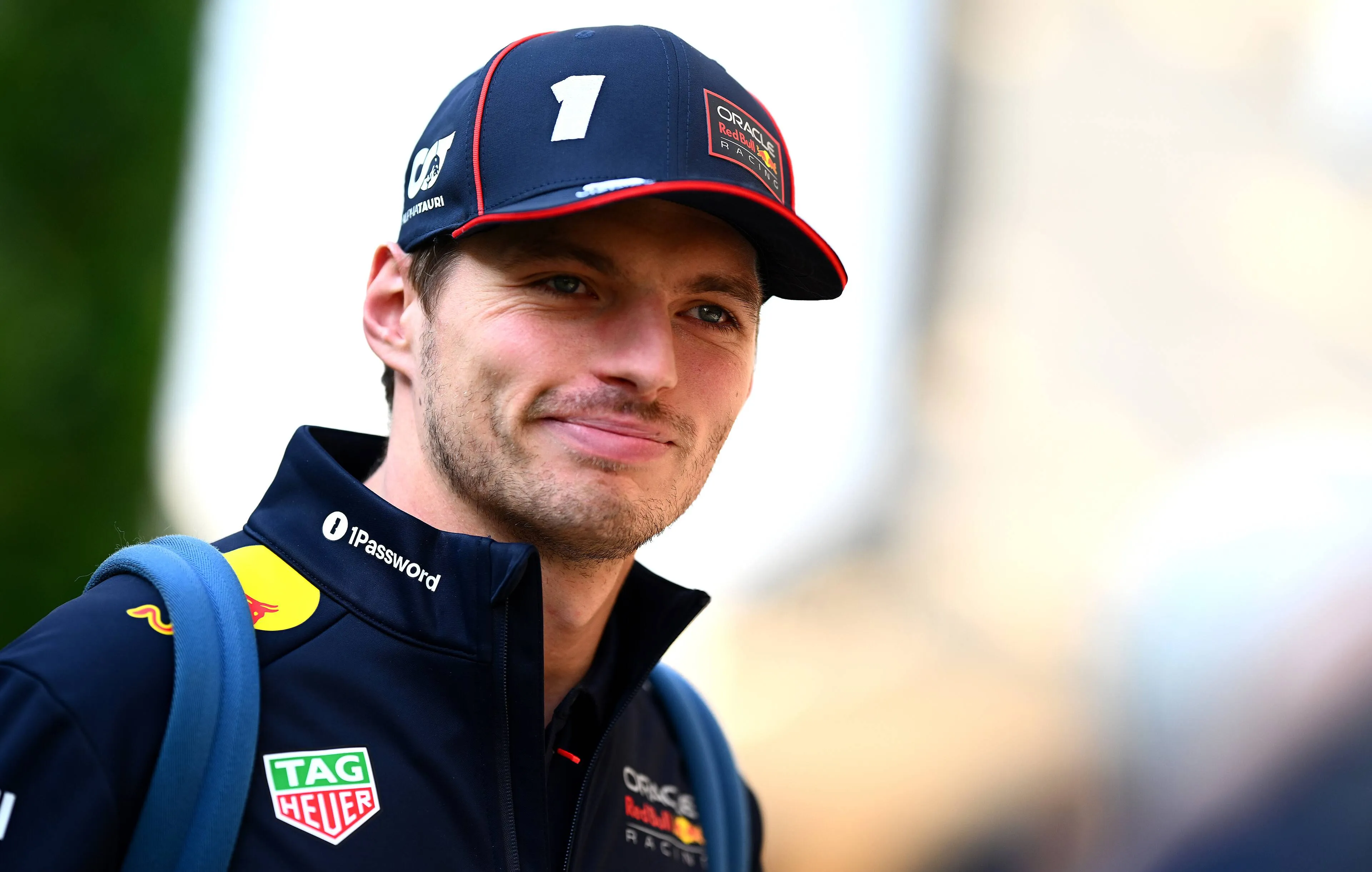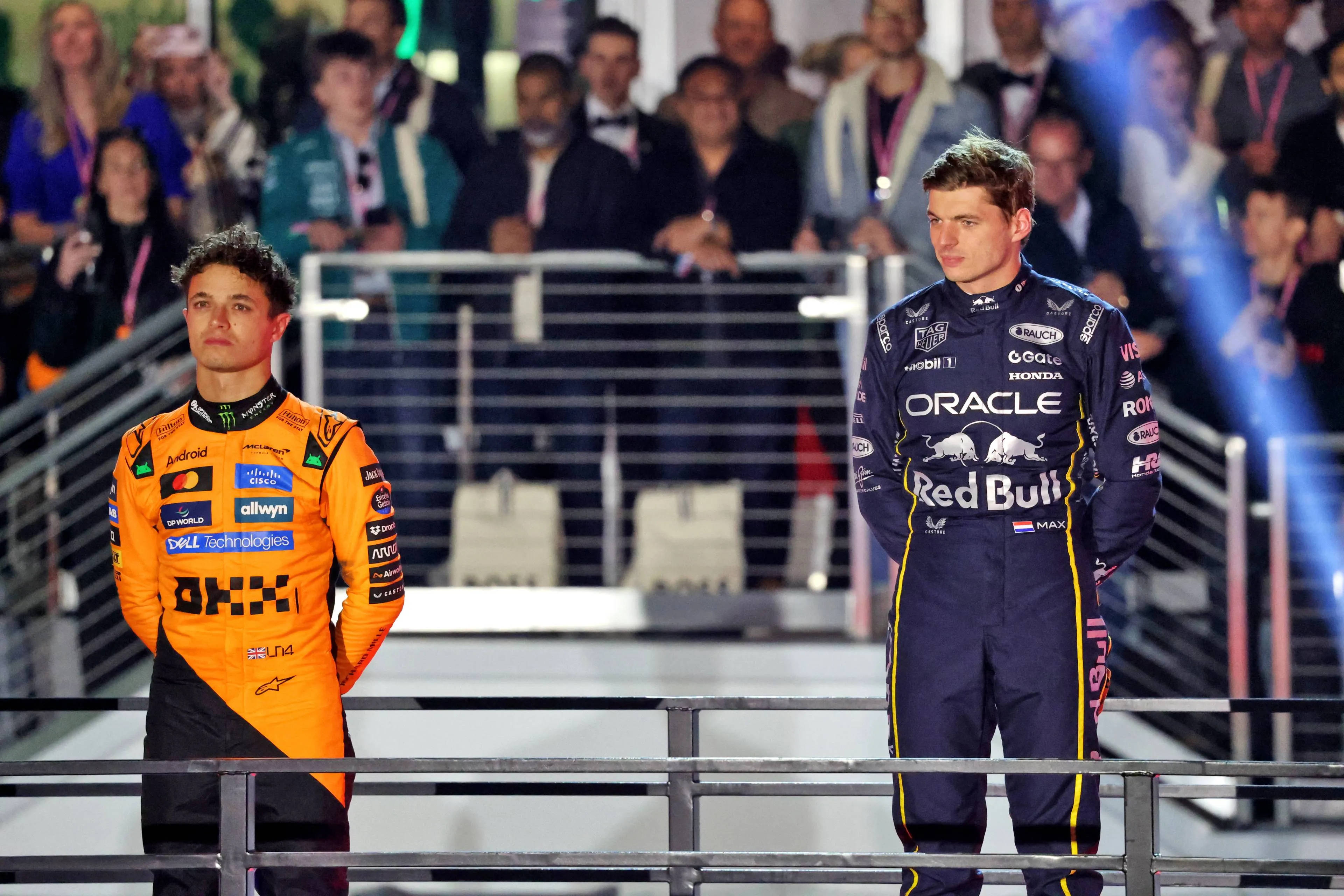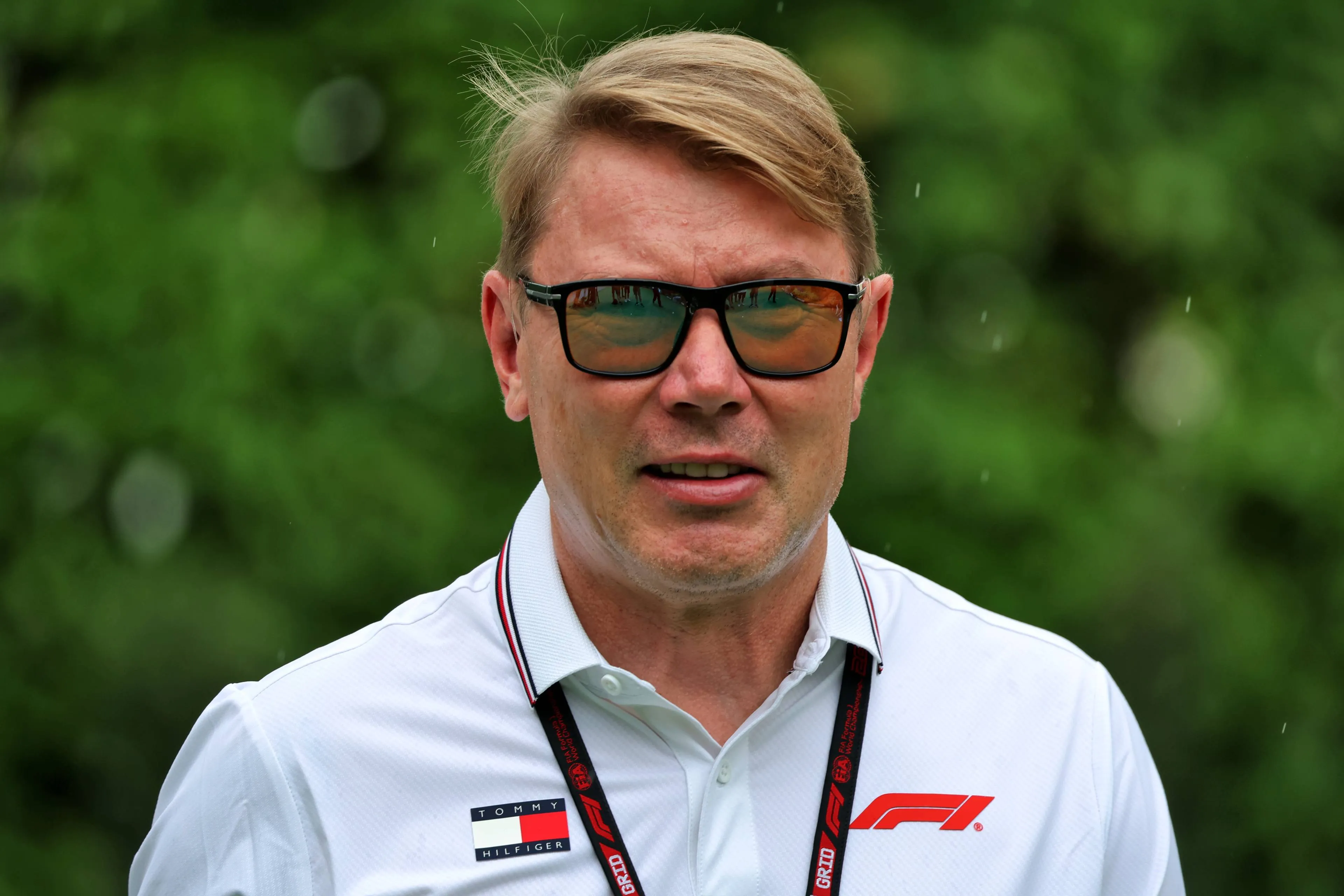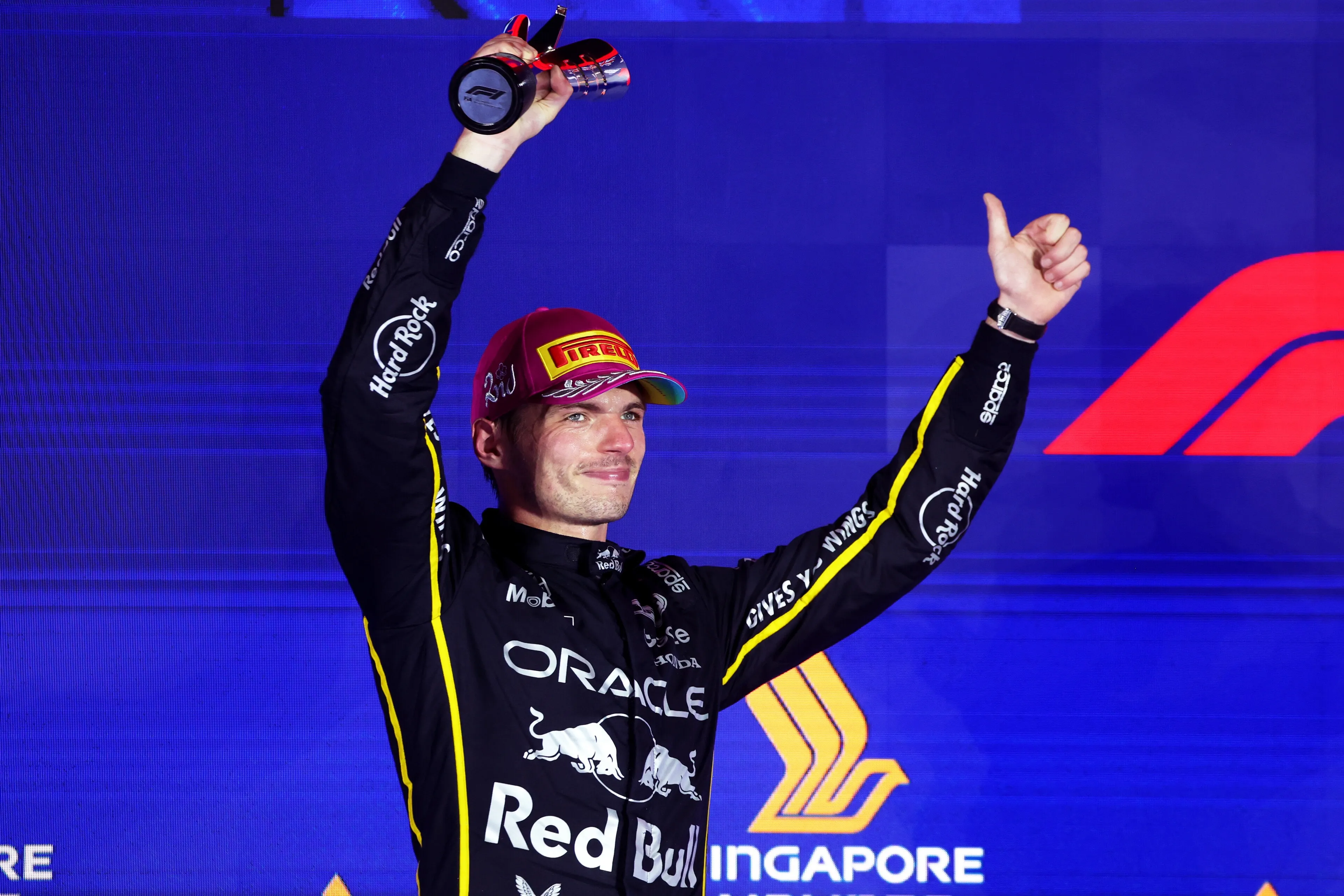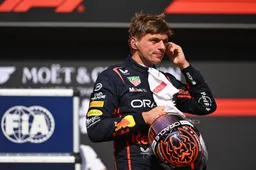Pirelli's Motorsport Director, Mario Isola, explained in what conditions could the Belgian Grand Prix could be run today in the rain.
Earlier today, the Formula 3 feature race had to be cancelled because of the weather conditions, while the Formula 2 event was contested on a wet track.
Talking to GPblog among others, Pirelli's Mario Isola reflected on the conditions.
"Yeah, the problem is usually visibility on a high-speed circuit like a Spa. Nobody wants to take any risk. We know that motorsport is dangerous, but it's correct to take any countermeasure to guarantee safety also in this condition."
The Italian believes that if the weather remains the same as it was in F2, Formula 1 will also go ahead.
"So if the race is in a condition similar to what we had in Formula 2, I believe there is a chance of race, but Formula 3 this morning was cancelled, the level of water was crazy, there is a higher risk of aquaplaning, the Eau Rouge or Raidillon is a fantastic corner, a unique corner, but also some sometimes dangerous in wet conditions."
However, if conditions of F3 would be repeated, Isola doesn't expect on-track action. "No, I don't think so because there is a lot of standing water also on the Kemmel, they go very high speed and we have also other high speed corners where the standing water is too dangerous."
Together with, Isola also underlined it is key for the cars to run on track. "The other point is that if they are able to start the race, because conditions are good enough then obviously when you have 20 cars running you also take some water away. And even in condition where you have some rain coming, it's still possible to race because the conditions are acceptable. But if there is a lot of water before the start of the race, that means that you have puddles, so you have aquaplaning."
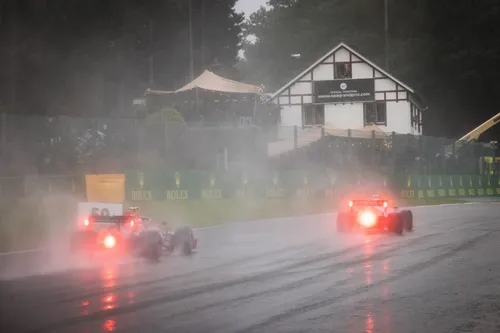
Only laps behind the Safety Car were completed in 2021
Why don't teams use the rain tyres?
Answering this website's question, Isola also explained why teams tend not to use the wet tyres.
"The rain tyre is a good tyre for heavy rain conditions, but then you need to move to intermediate and then in dry conditions you have to move to slick. So they never want to stop too many times because there is a risk to lose time that you cannot recover on track."
He added: "That's why they push, usually they push a lot to start on the intermediate tyre. They reduce the number of stops. And also with the intermediate tyre, the visibility could be quite poor. With a wet tyre, it's even worse because those tires are able to disperse 85 liters of water in one second at 300 kph. You have a lot of water flying in the air and the visibility is even worse."
"So there are many reasons why drivers prefer the intermediate. Obviously, you need to keep temperature into the intermediate. They are not designed to run over puddles when the aquaplaning is possible. That's the condition that define the possibility to race or not," he concluded.
Read also
Read more about:
Popular on GPBlog
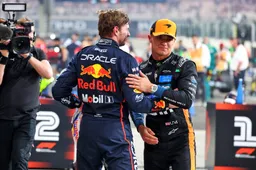
1
Verstappen named best driver of the season despite missing out on title
3350 times read
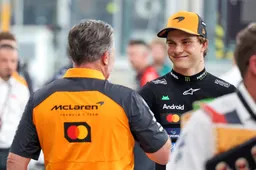
2
Australian TV takes another jab at McLaren after Piastri’s title defeat
1616 times read

3
Honda speaks on Aston Martin partnership and re-uniting with Newey
1536 times read
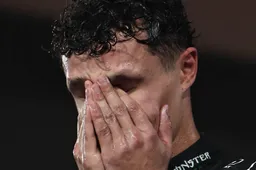
4
McLaren CEO Brown hails Verstappen in major Norris F1 snub
1470 times read
Loading
